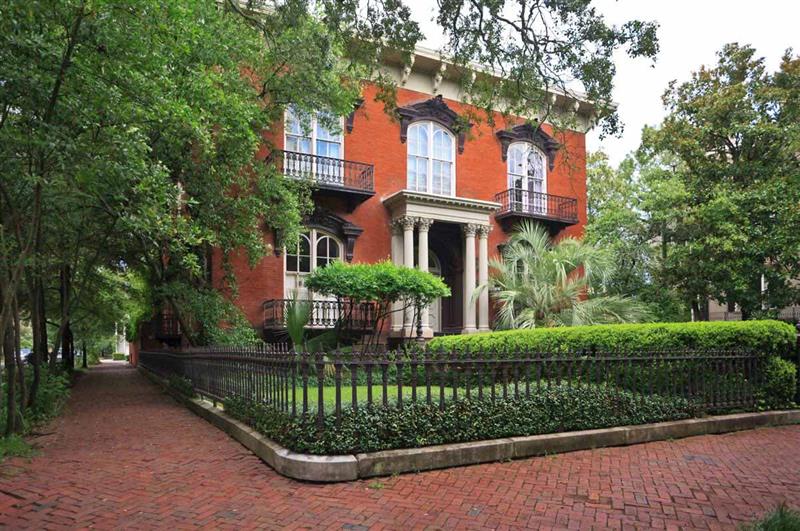
Historical architecture presents specific issues when you’re considering options for effective, efficient cooling and heating. Many houses and other buildings built before the 1950s were not constructed to integrate the HVAC systems we take for granted today. Updating historical architecture to meet 21st-century standards of indoor comfort and efficiency without compromising the appeal and authenticity of these buildings requires special considerations and criteria. Here are some of the options to consider:
- Reduce cooling and heating requirements by utilizing historically appropriate methods such as shutters, awnings, and ceiling fans to augment more-modern components.
- Historical architecture may include atypical features such as higher ceilings than are standard today. These variations impact the sizing of cooling and heating components. Before installing a new system, get a professional load calculation to determine the precise BTU capacity required to cool and heat the structure.
- Keep in mind that historical architecture may impose specific temperature and indoor-humidity requirements to prevent the deterioration of antiquated building materials that exist in the structure.
- Many older residential structures have either no insulation or not enough of it to meet current recommended standards. Enhance energy efficiency and indoor temperature control by adding or upgrading insulation in the attic.
- If elements of the originally installed heating system are still intact — such as radiators in individual rooms — consider continuing to utilize these components. You can update the existing system with new, high-efficiency boilers, circulation pumps, and other technology.
- To accommodate multiple rooms and diverse living spaces, which are common in older structures, consider installing a zoning system that creates multiple independent temperature zones while utilizing a single, central AC/furnace.
- When installing a central heating and cooling system, preserve the authenticity of historical architecture by making use of closets, air shafts, the basement, and other structural voids to conceal ductwork and other modern system components.
- Maintain the historic charm of the building by retaining classic elements of the original system such as radiators, decorative grilles and ceiling fans.
For more advice about the challenges of heating and cooling historical architecture, talk to the experienced professionals at Jackson & Sons.

